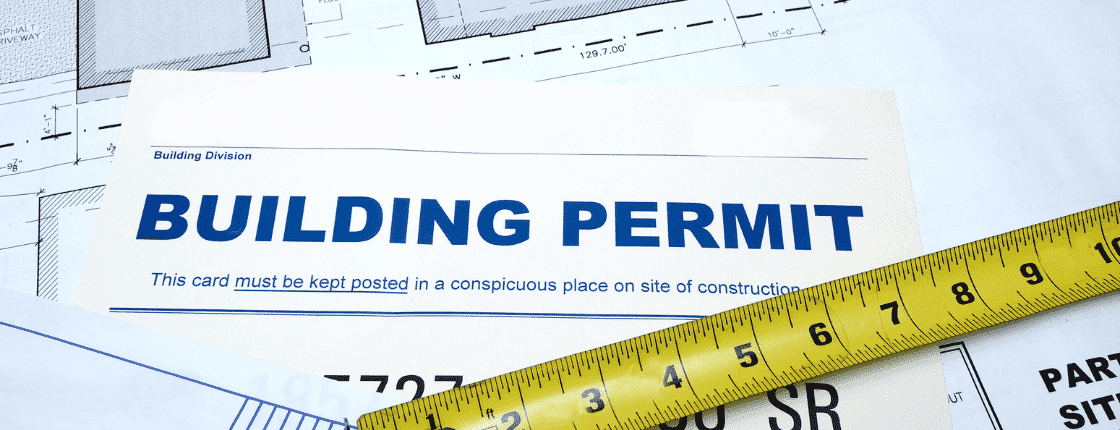Here’s a list of the most common building permit statuses, their definitions, and the associated responsibilities:
1. Application Submitted
Definition: The initial step where the applicant submits the building permit application, including plans and required documentation.
Owner: Applicant
Responsibilities:
- Complete and submit all required forms.
- Provide accurate and detailed plans and documentation.
- Pay any initial fees.
2. Under Review
Definition: The application is being evaluated by the permitting authority for compliance with zoning, building codes, and other regulations.
Owner: Permitting Authority (e.g., city or county building department)
Responsibilities:
- Review application documents for accuracy and compliance.
- Identify missing information or discrepancies.
- Coordinate reviews from relevant departments (e.g., zoning, fire safety, structural engineering).
3. Plan Check/Corrections Required
Definition: The review process identified issues that must be addressed before approval.
Owner: Applicant (response) and Permitting Authority (review)
Responsibilities:
- Applicant: Address requested corrections, resubmit revised plans, and provide additional information if needed.
- Permitting Authority: Reassess revised plans and verify corrections meet requirements.
4. Approved
Definition: The application and plans meet all requirements, and the permit is ready for issuance.
Owner: Permitting Authority
Responsibilities:
- Notify applicant of approval.
- Prepare and issue the building permit.
5. Permit Issued
Definition: The building permit is officially granted, allowing construction to begin.
Owner: Applicant (execution) and Permitting Authority (oversight)
Responsibilities:
- Applicant: Start construction according to approved plans, comply with all regulations, and schedule inspections as required.
- Permitting Authority: Provide oversight and inspections during construction.
6. Inspections Scheduled/Underway
Definition: On-site inspections are conducted to ensure compliance during various phases of construction.
Owner: Permitting Authority (inspections) and Applicant (scheduling)
Responsibilities:
- Applicant: Schedule inspections for each required stage (e.g., foundation, framing, plumbing).
- Permitting Authority: Perform inspections, provide feedback, and approve progress.
7. Revisions Required
Definition: Inspections or reviews revealed noncompliance requiring adjustments or corrections.
Owner: Applicant (response) and Permitting Authority (review)
Responsibilities:
- Applicant: Make the necessary corrections or adjustments and request re-inspection.
- Permitting Authority: Review and approve corrections during re-inspection.
8. Final Inspection
Definition: The last inspection to confirm the project complies with all requirements and is complete.
Owner: Permitting Authority
Responsibilities:
- Conduct the final inspection.
- Provide a certificate of occupancy or final approval if the project passes.
9. Completed/Closed
Definition: All inspections are passed, and the project is complete.
Owner: Permitting Authority
Responsibilities:
- Issue a certificate of occupancy (if applicable).
- Close the permit in the system.
10. Expired
Definition: The permit was not acted upon within the allowed timeframe, or the project was not completed before the permit’s expiration date.
Owner: Applicant (prevention) and Permitting Authority (notification)
Responsibilities:
- Applicant: Monitor permit deadlines and request extensions if needed.
- Permitting Authority: Notify the applicant of pending expiration and close the permit if no action is taken.
11. Cancelled
Definition: The permit is voided, either at the request of the applicant or by the permitting authority.
Owner: Applicant (request) or Permitting Authority (decision)
Responsibilities:
- Applicant: Submit a formal request for cancellation if necessary.
- Permitting Authority: Confirm and process the cancellation.
12. Denied
Definition: The permit application does not meet the necessary requirements and is rejected.
Owner: Permitting Authority
Responsibilities:
- Provide a clear explanation for the denial.
- Suggest steps or conditions for re-application if applicable.

